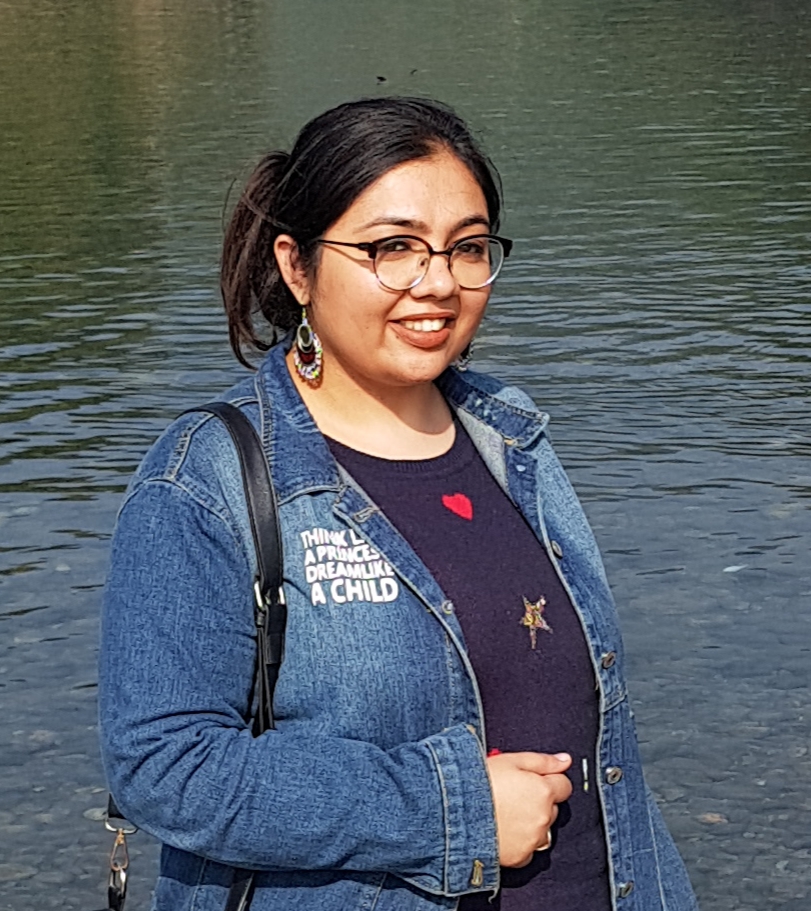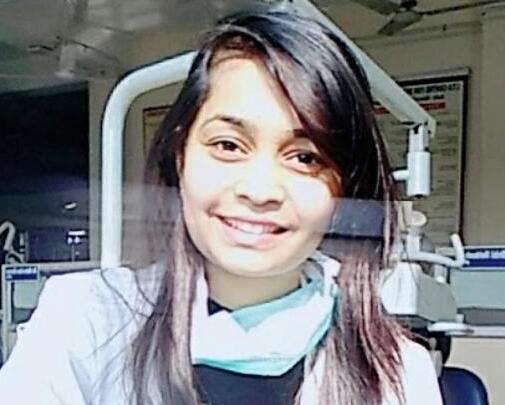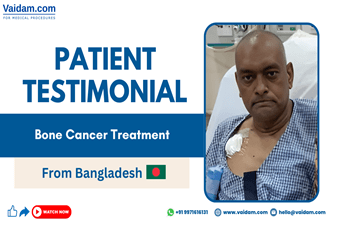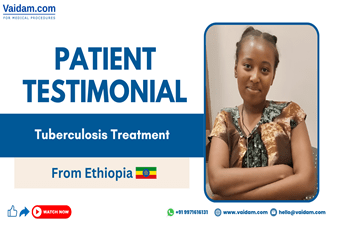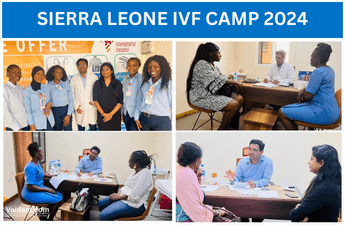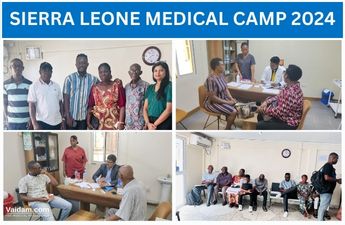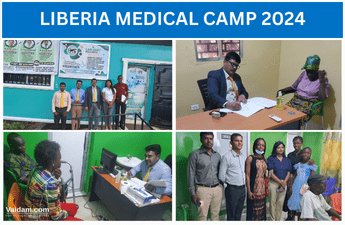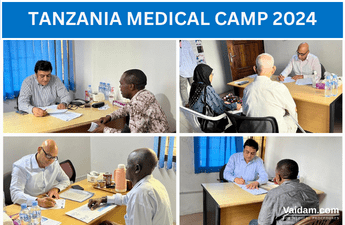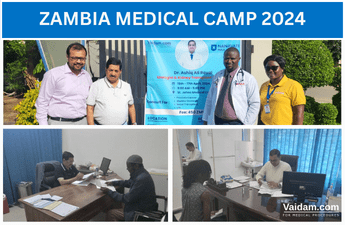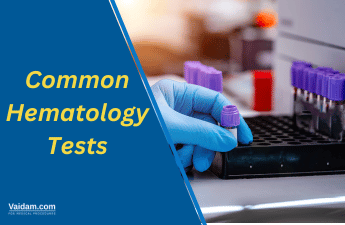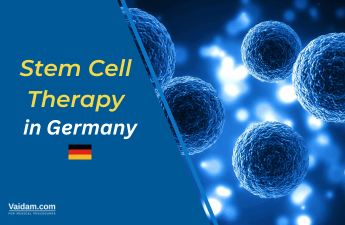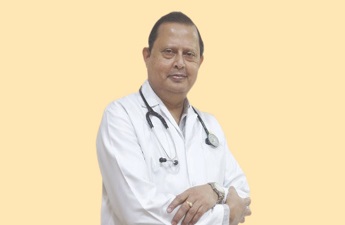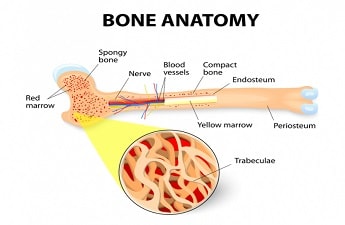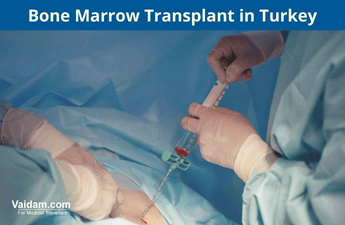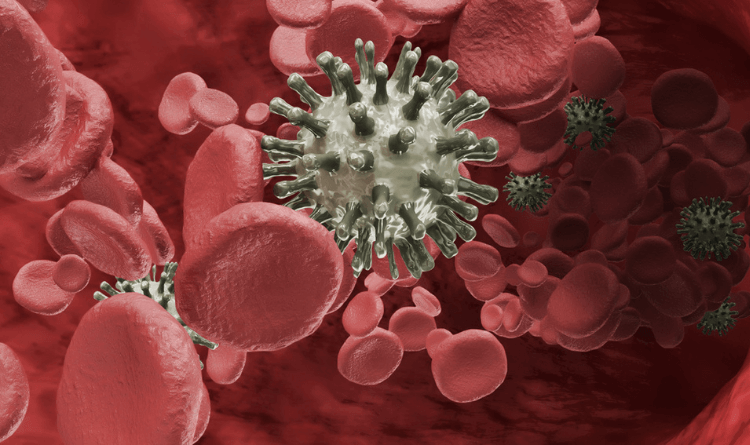
Blood cancer is also known as hematologic cancer. It originates from the bone marrow, where the blood is formed. It occurs when blood cells start multiplying rapidly at an abnormal rate. This interferes with the functioning of normal cells, such as fighting infections and producing new blood cells.
Get in Touch with Medical Experts
How is Blood Cancer Diagnosed?
Different types of tests are done to diagnose blood cancer. Your doctor will check your health history, examine the lymph nodes and your body, and also look for signs of any infection.
The most common diagnostic tests which are done to diagnose blood cancer are:
-
Blood Tests
-
Radiological examinations such as CT scans, PET scans, and X-rays
-
Physical examination
-
Bone marrow examination
-
Lymph node diagnosis
The blood tests are done to measure the following things in the blood cells:
-
Measures of white blood cells and red blood cells.
-
The blood smear test, which is done if the blood count is not clear. The test tells us the appearance and measure of the cells.
-
Blood sugar, cholesterol, proteins, hormones, and other important substances in the blood.
-
Fluorescence in situ hybridization is done to check the genetic blueprint that affects the growth of cancer cells.
-
Flow cytometry measures white blood cells' number, size, shape, and other features.
-
Immunophenotyping indicates the difference between the type of cancer cells to decide the most accurate treatment.
Other than this, there is a process called staging which indicates the extent to which the cancer spreads and its severity. It also helps in knowing the exact type of cancer and its location.
However, each kind of blood cancer has its own criteria for staging.
Types of Blood Cancer
Blood cancer is broadly divided into 3 types:
-
Lymphoma
-
Myeloma
Leukemia

The abnormally rapid production of white blood cells is referred to as leukemia. It is usually found in the blood or the bone marrow. Leukemia is of 3 types:
Acute lymphocytic leukemia (ALL) - It originates from the WBCs present in the bone marrow. If not curbed on time, it may rapidly grow into an advanced stage and crowd the normal white blood cells. ALL are mostly found either in children between 3 to 5 years or aged people above the age of 75 years. Other than this, people who fall into the following categories are more likely to have Acute lymphocytic leukemia:
-
Having a sibling with ALL
-
Having previously received chemotherapy or radiation therapy.
-
Being exposed to excessive radiation
-
Having Down syndrome or any other genetic disorder
Acute myeloid leukemia (AML) - Myeloid cells are responsible for dendrite formation and normally grow into white blood cells, red blood cells, and platelets. In cases of AML, the number of healthy blood cells is reduced. Acute Myeloid leukemia grows more rapidly as compared to the other types. It mostly affects people of age more than 60 - 65 years. It is more common in men. The following categories of people also have more chances to acquire AML:
-
Being previously treated with chemotherapy or radiotherapy
-
Being exposed to toxic substances like benzene.
-
Smokers
-
Exposure to blood disorders like myelodysplasia, polycythemia vera, or Down syndrome.
Chronic lymphocytic leukemia - This is similar to acute lymphocytic leukemia. However, the symptoms of CLL are not detected for several years. It also affects people who are older than 70 years, have a family history of blood cancer, or have been exposed to substances like weed killers or insecticides.
Chronic myeloid leukemia - This starts in myeloid cells and progresses gradually. It is more common in men and affects adults more commonly than children.
Lymphoma
Lymphoma affects the lymphatic system of the body. Consequently, there is excessive removal of fluids and production of immune cells in the body. Lymphoma can either be Hodgkin's lymphoma or non-Hodgkin's lymphoma.
Hodgkin's lymphoma initiates in the immune cells called B cells. People having Hodgkin's lymphoma have larger lymphocytes which are called Reed-Sternberg cells. This is a fatal condition, but thankfully with new methods and techniques, we have now had the treatment. Here is a picture of swollen lymph nodes from the armpit area.
On the other hand, non-Hodgkin's lymphoma may start in B cells or T cells, which are another form of immune cells. This is more common than Hodgkin's lymphoma.
Myeloma
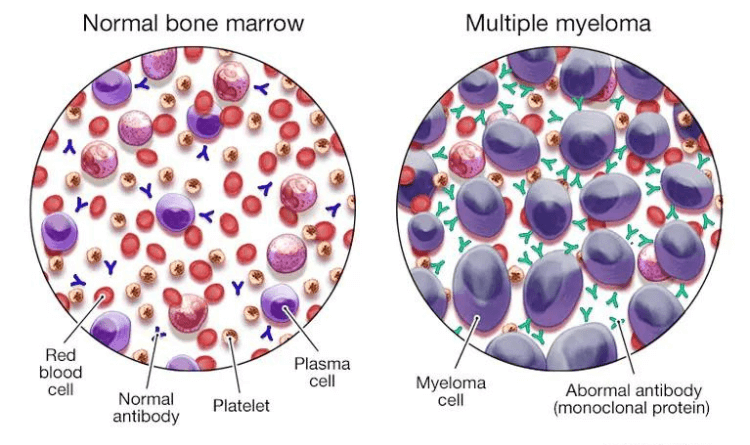
Myeloma is a cancer of plasma cells. Plasma cells are for producing antibodies that fight infections. Usually, the myeloma cells are produced in the bone marrow and travel to the bloodstream. However, sometimes, the cells get collected in the bones. This condition is called multiple myeloma. The signs and symptoms include anemia, kidney damage, weight loss, excessive calcium in the blood, etc.
Blood Cancer Stages
Basically, cancer stages are divided into four parts:
-
Stage 1
-
Stage 2
-
Stage 3
-
Stage 4
What is Stage 1 Blood Cancer?
Stage 1 blood cancer includes lymph node enlargement, which happens due to a sudden increase in the number of lymphocytes. Blood cancer is curable in this stage as it doesn't spread or affect any other organ.
What is the Late Stage of Blood Cancer?
The fourth stage of blood cancer is the last stage with the highest risk. In this stage, the blood platelet rate starts falling rapidly, and the cancer starts affecting the lungs and other organs. The last stage of cancer is also known as advanced or metastatic cancer.
In this stage, blood cancer can't be cured, but the treatment aims to keep the cancer at a low level.
Blood Cancer Symptoms
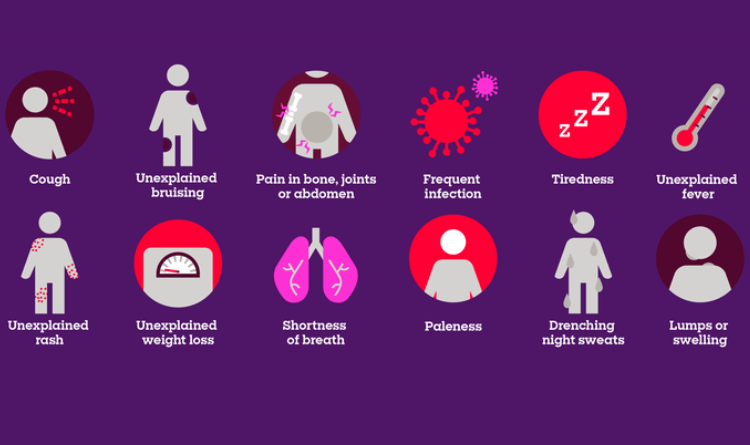
Common signs and symptoms of blood cancer
-
Weakness
-
Loss of appetite
-
Tiredness
-
Fever with chills
-
Unintentional weight loss
-
Body aches
-
Night sweats
-
Headache
-
Breathlessness
-
Pain in the abdomen
-
Itchiness on the skin
-
Swollen lymph nodes
There might be some other signs indicating blood cancer:
-
Frequent bruising
-
Bleeding in gums
-
Frequent infections
-
Rashes
-
Confused mind
-
Abnormal bleeding, even in small cuts
What is the Major Cause of Blood Cancer?
The most common cause of any blood cancer is a change in the genetic system. These mutations cause the blood cells to grow and divide.
The actual problem starts because these abnormally grown cells do not die on their own when the life cycle ends, like the healthy cells. However, they continue to grow and occupy more space. When these cancerous cells crowd the normal cells, they create hindrances in the growth and function of normal cells.
The risk factors involved are:
-
Virus - The human T-lymphotropic virus is directly linked to leukemia.
-
Excessive exposure to benzene - Benzene is the most commonly used solvent in cleaning substances and hair dyes. It tends to cause blood cancer.
-
Artificial ionizing radiation - Excessive exposure to radiation therapy for treating any previous cancer.
-
Chemotherapy - People who have received chemotherapy also have a higher risk of developing leukemia.
-
Certain genetic conditions - Certain children having Down syndrome have three copies of the 21st chromosome. This increases the risk of having AML or ALL.
Some other risk factors include:
-
Family history
-
Immune-suppression
-
Exposure to electromagnetic fields
-
Exposure to chemicals like gasoline, diesel, or pesticides
-
Smoking
-
Hair dyes
Can Blood Cancer be Cured?
It generally depends upon several factors such as the stage of cancer, location of cancer, overall medical health of the patient, body's ability to take the treatment without much damage, etc.
The treatment may be high or low-intensity treatment. It depends upon the fact that up to which stage the cancerous cells are malignant.
The intensive forms of blood cancer treatment include:
-
High-dose chemotherapy is used to kill the cancerous cells.
-
Immunotherapy - Drugs used to boost the immune system to fight cancerous cells.
-
Radiotherapy - High energy rays used to destroy cancerous cells in a specific area.
-
Surgical removal - In rare cases, where a particular organ or area is greatly damaged, it may be needed to be removed.
The non-intensive treatment for blood cancer includes:
-
Low-dose chemotherapy - This is also used to kill cancerous cells. However, unlike high-dose chemotherapy, it is done when the cancer is still in the initial stages.
-
Biological therapies - Some mild drugs that are used to boost the body's immune function.
-
Three blood cancer patients with less than 8% life expectancy were brought back to life at Apollo Hospital, India. Further details.
Blood cancer can't be cured completely, but doctors can increase the lifespan by 5-10 years.
What is the Best Treatment for Blood Cancer?
Chemotherapy is the most commonly used treatment for blood cancer. The drugs may be given orally or administered into the vein. These medicinal substances travel in the bloodstream and kill cancerous cells. Chemotherapy is used with other forms of therapy, such as bone marrow transplants.
New methods and techniques are being innovated to increase the effectiveness and reduce unwanted effects such as,
-
New combinations of drugs
-
New ways to tackle cell resistance to chemotherapy drugs.
-
Trying to give shorter courses with more efficacy.
-
Differentiating the patients who really need intensive treatment and those who can do well with the lesser intensive treatment.
What Precautions Are Needed for Patients Who Take Chemotherapy?
Certain categories of patients need extra precautions if they are taking chemotherapy, such as,
-
Older patients
-
Pregnant women
-
Children
-
Patients with immune deficiency
In some cases, chemotherapeutic drugs are injected into the cerebrospinal fluid, infusing the drugs into the brain and spinal cord, if needed. Due to the blood-brain barrier, not all the drugs can reach the brain and the spinal cord, which gives cancer cells, a place to hide.
Survival Rate of Blood Cancer
Usually, when checking the five-year survival rate of some fatal illness, one checks the percentage of people who can live for 5 years after a cancer diagnosis.
For leukemia, the five-year survival rate is around 25% for patients below the age of 20 years. However, for the patient above the age of 20, the survival rate rises to 65%.
The five-year survival rate for multiple myeloma, the most common blood cancer, is more than 50 percent. The five-year survival rate increased to 72% for the patients diagnosed at an early stage. If the cancerous cells spread to distant body parts, the rate may also be reduced to 50%.
For lymphoma, the survival rate is 71% on average. It is 69% for men, and for women, it is 72%. As the stage advanced, the survival rate dropped.
What is the Success Rate of Blood Cancer Treatment?
The cancer treatment has a 90% success rate in patients with multiple myeloma, one of the most common blood cancers in the world.
Blood Cancer Treatment Cost
The cost of blood cancer treatment is very expensive. The cost depends on the severity of the infection and may range from INR 40,000 to 25 Lakh. The treatment cost also depends on the type of procedure, doctor's experience, hospital, country, and city preferred.
Takeaway
Suffering from blood cancer is the worst thing in life. It is one of the most challenging treatments in the world. In India, patients can get high-quality treatment and can save a significant amount of money. Different treatments are available at various hospitals for affordable and advanced medical services. A routine blood test is necessary if you want early detection of these types of cancers.

